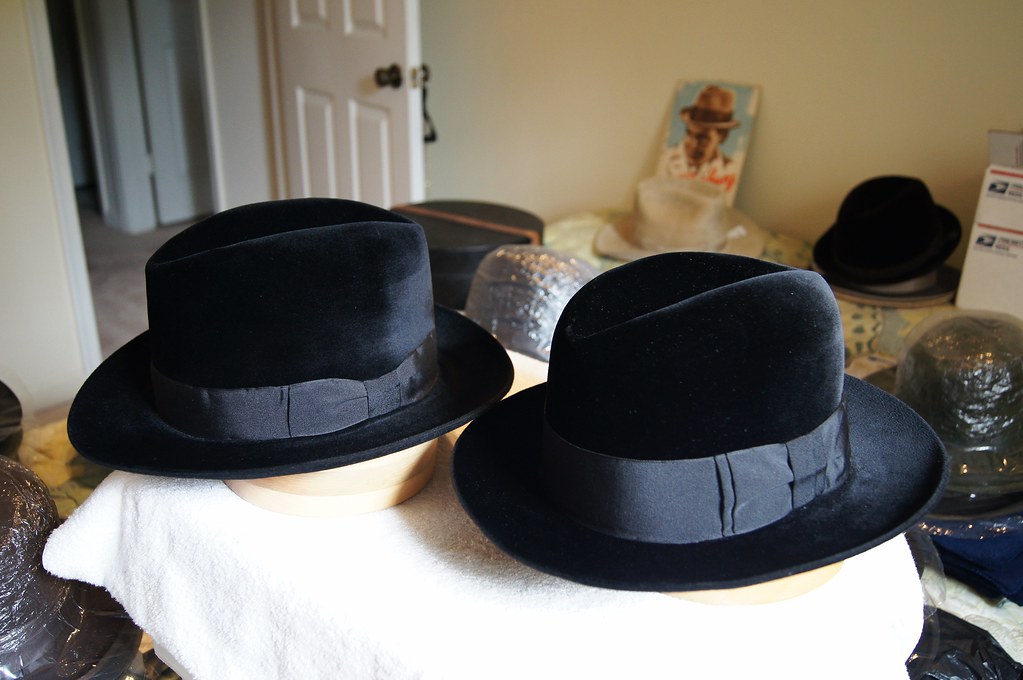TheDane
Call Me a Cab
- Messages
- 2,670
- Location
- Copenhagen, Denmark
Thanks! I was going to post the Böhm patents too. Robert (RLK) had found these a few years ago (posted the URLs) but I never got around to posting them (the books on early 20th century American hat manufacturing jogged my memory). There was definitely a lot of interests ($$$) in reducing the number steps necessary to produce high quality Velour finishes. From what I have seen today the scratching, clipping and brushing is done after the dyeing and results are nothing like was produced in the first half of the 20th Century.
Google Patents is a great place to be for a curious mind! You may not find what you're looking for - but you simply can't help stumbling on something interesting
Without being absolutely sure, I see Böhm's chromium patent (the first in my post above) to be an attempt to substitute mercury with another - but less poisonous - heavy metal. The procedure was supposed to be used either before or during the carting/brushing - before or during the dying - or even during the blocking process. I don't necessarily see this particular patent as a shortcut, it could be used alongside the traditional treatment. I fully agree on the rest of your remarks, though











